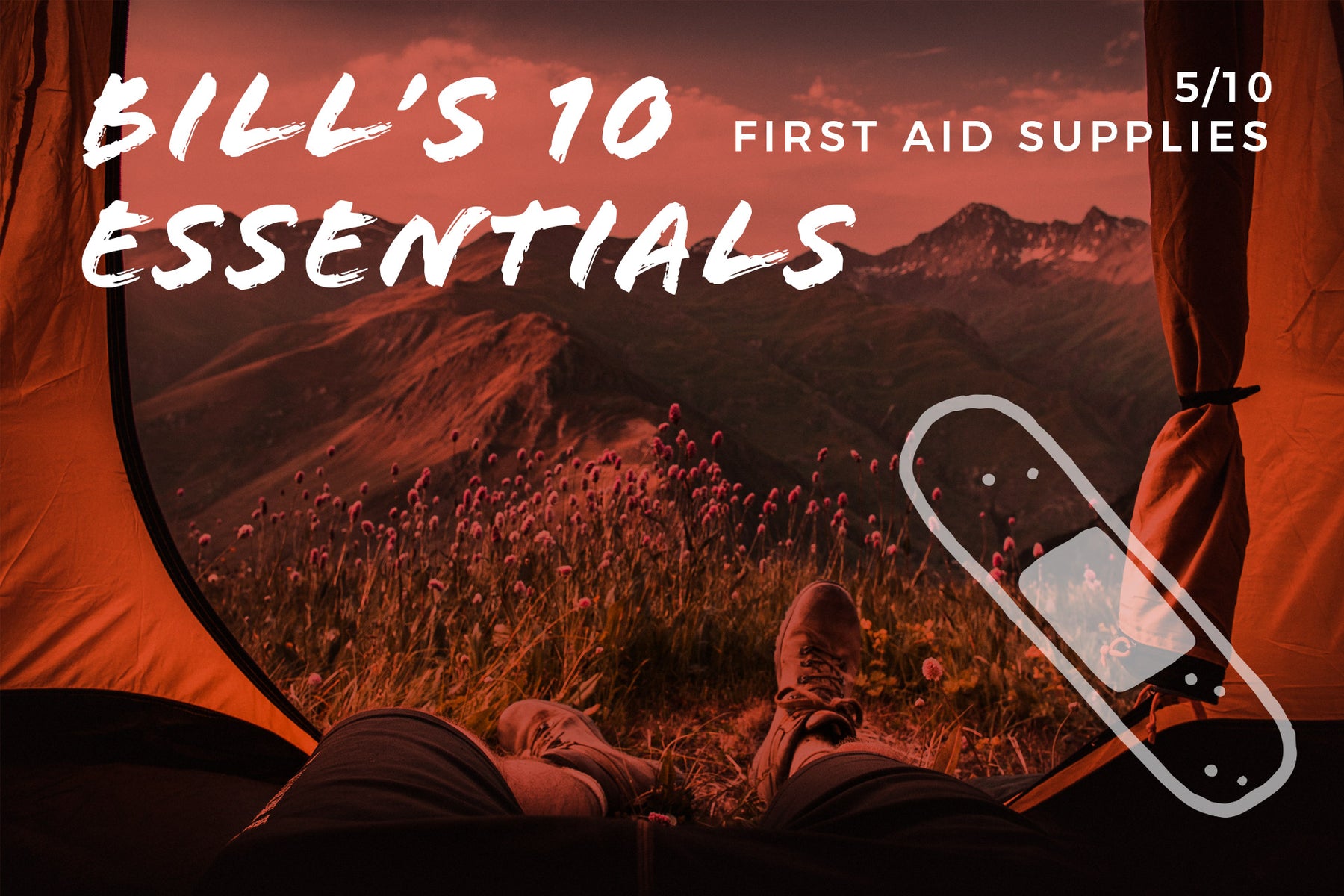Venturing out into the wilderness by yourself is full of potential disaster and false assumptions: “Oh, I’m just going up the incline; Oh, I’ll be all right; Oh, I’m not going to get hurt”. Just a small stumble over an exposed spike or a trip over a root can turn a short outing into a full Search and Rescue operation. It’s best to go prepared to cope with this by bringing along your own first aid kit (and being careful).
First Aid Supplies ought to be a very personal choice. Your first thought ought to be “What am I most likely to need in the way of first aid?” Start with a commercial kit but read the contents carefully. Does it contain what I need? Does it contain the pain killers that work best for me? Is there another medicine I might need due to personal medical conditions? Do I have a knee or ankle that is weak and might need support? Do I bleed easily and might need a clotting cloth? After assessing these areas, make sure the kit you carry is customized for your personal needs. Most first-responders will look to your kit for items to address your needs.





